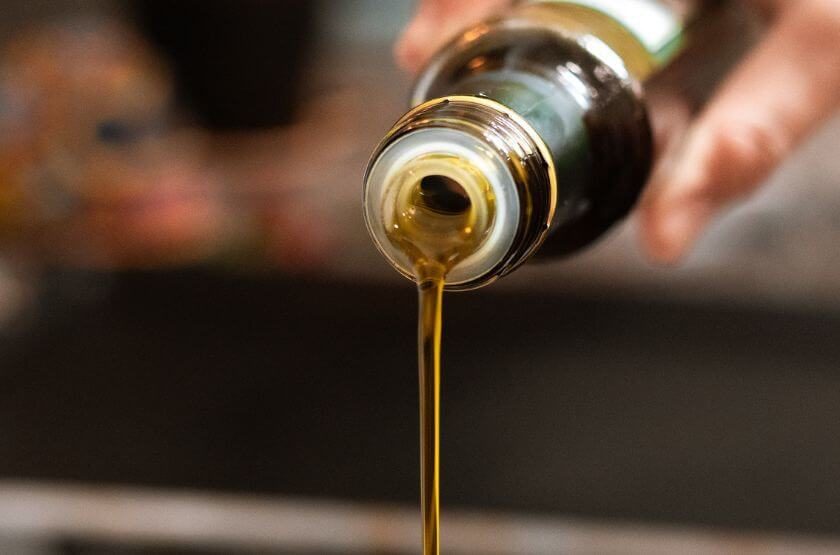
Learning to taste olive oil is a skill that requires practice and some basic knowledge about the different varieties of olive oil and their flavor profiles. Here are some tips to help you get started:
Choose high-quality olive oil: To learn to taste olive oil, it’s essential to choose a high-quality product. Look for extra virgin olive oil, which is the highest quality and has a more complex flavor profile.
Use a tasting glass: Use a small tasting glass that allows you to swirl the oil and capture its aroma. You can also use a small white plate to evaluate the color and consistency of the oil.
Warm the oil: To release the aroma and flavor of the olive oil, warm it up slightly by holding the tasting glass in your hands or placing it in warm water.
Smell the oil: Take a deep breath and smell the olive oil. Notice its aroma and try to identify any notes of fruit, grass, herbs, or nuts.
Taste the oil: Take a small sip of the olive oil and let it coat your mouth. Swish it around and pay attention to its flavor. Look for notes of bitterness, pungency, and fruitiness.
Evaluate the finish: After you swallow the olive oil, evaluate its finish. Does it leave a pleasant aftertaste, or does it taste off or rancid?
Practice, practice, practice: Tasting olive oil is a skill that requires practice. Try different varieties and compare their flavor profiles. You can also attend tasting events or take courses to improve your skills.
Remember that tasting olive oil is subjective, and everyone has their preferences. By following these tips, you’ll learn to appreciate the nuances of high-quality olive oil and develop your palate over time.


